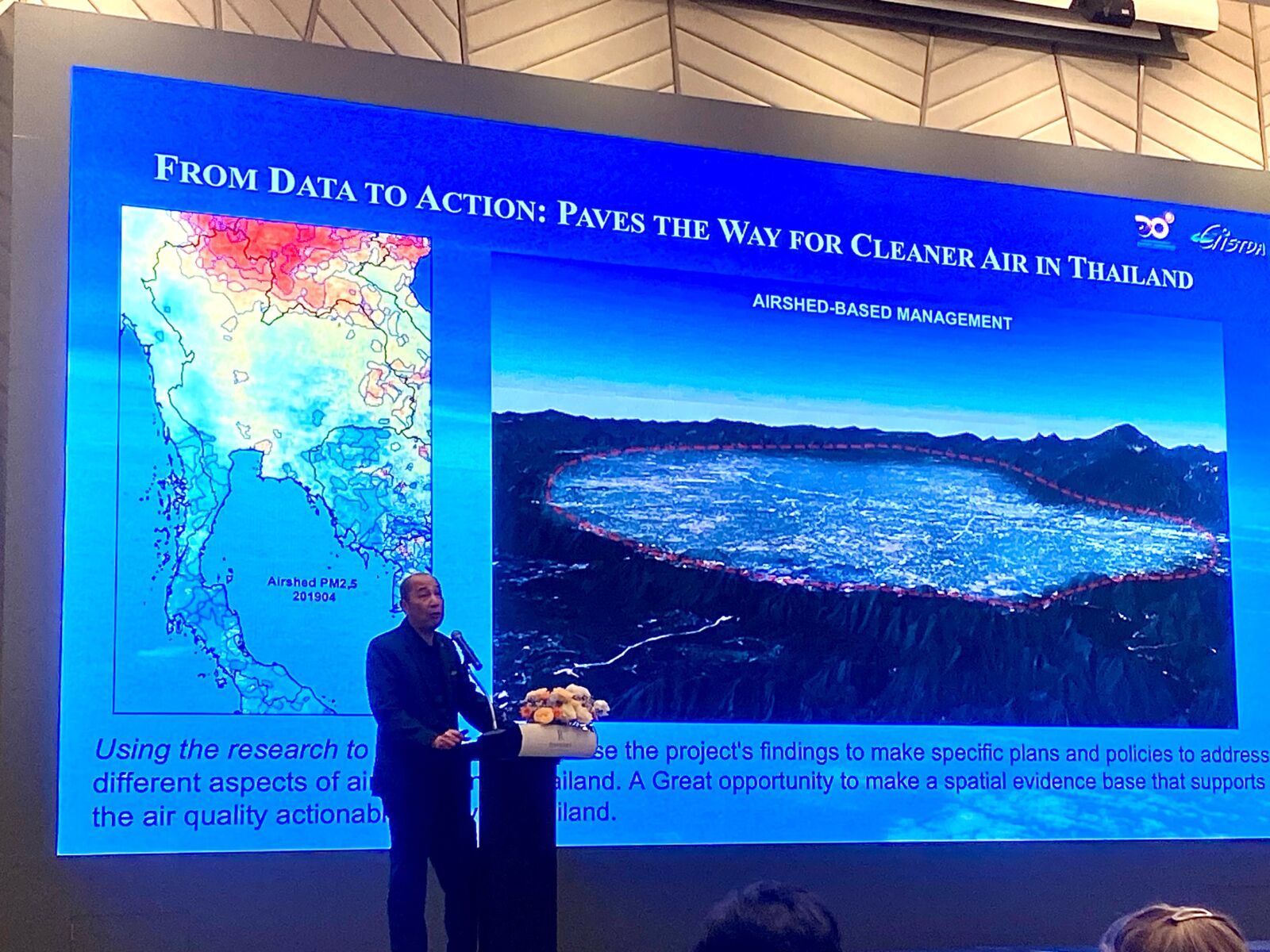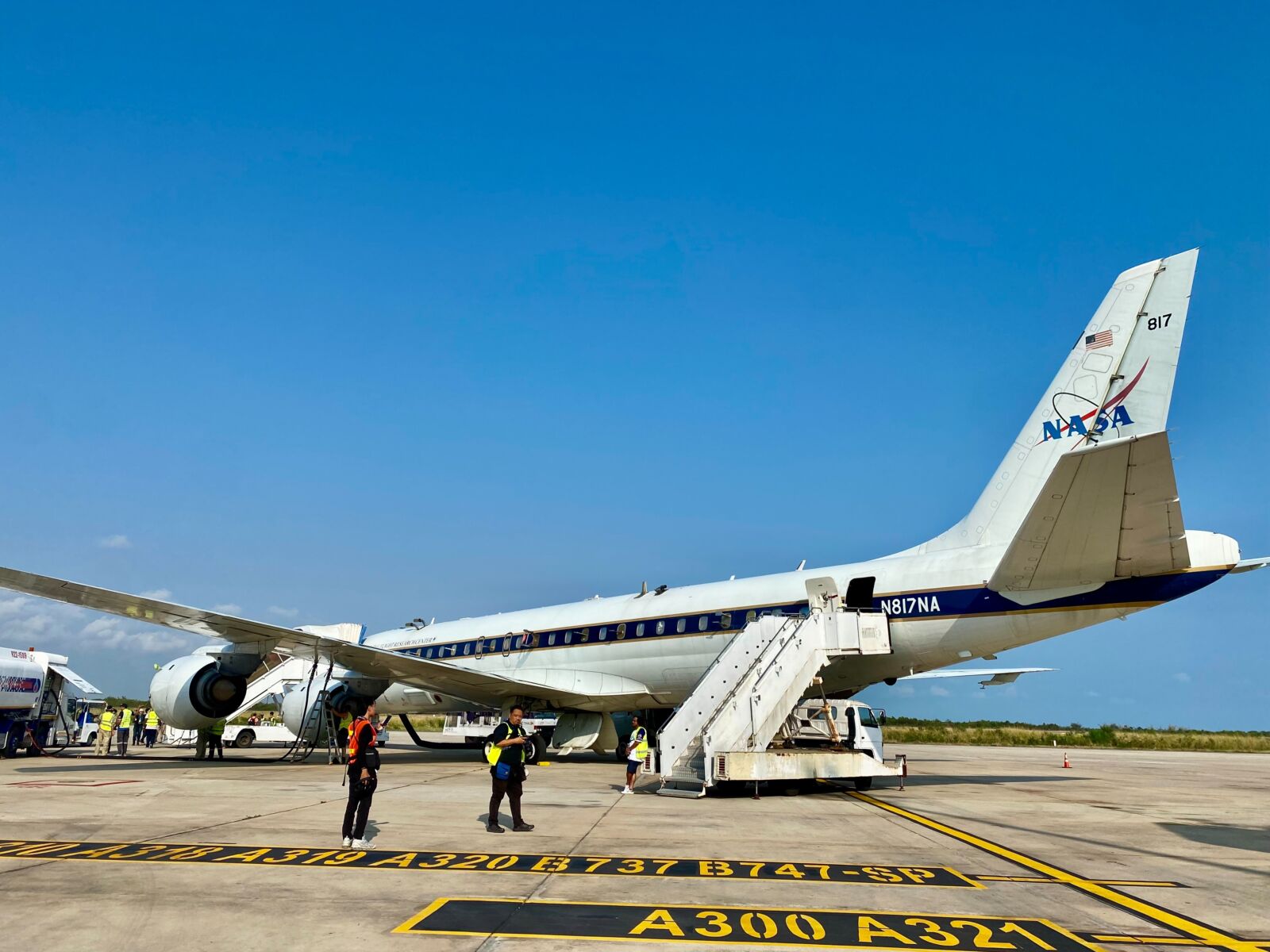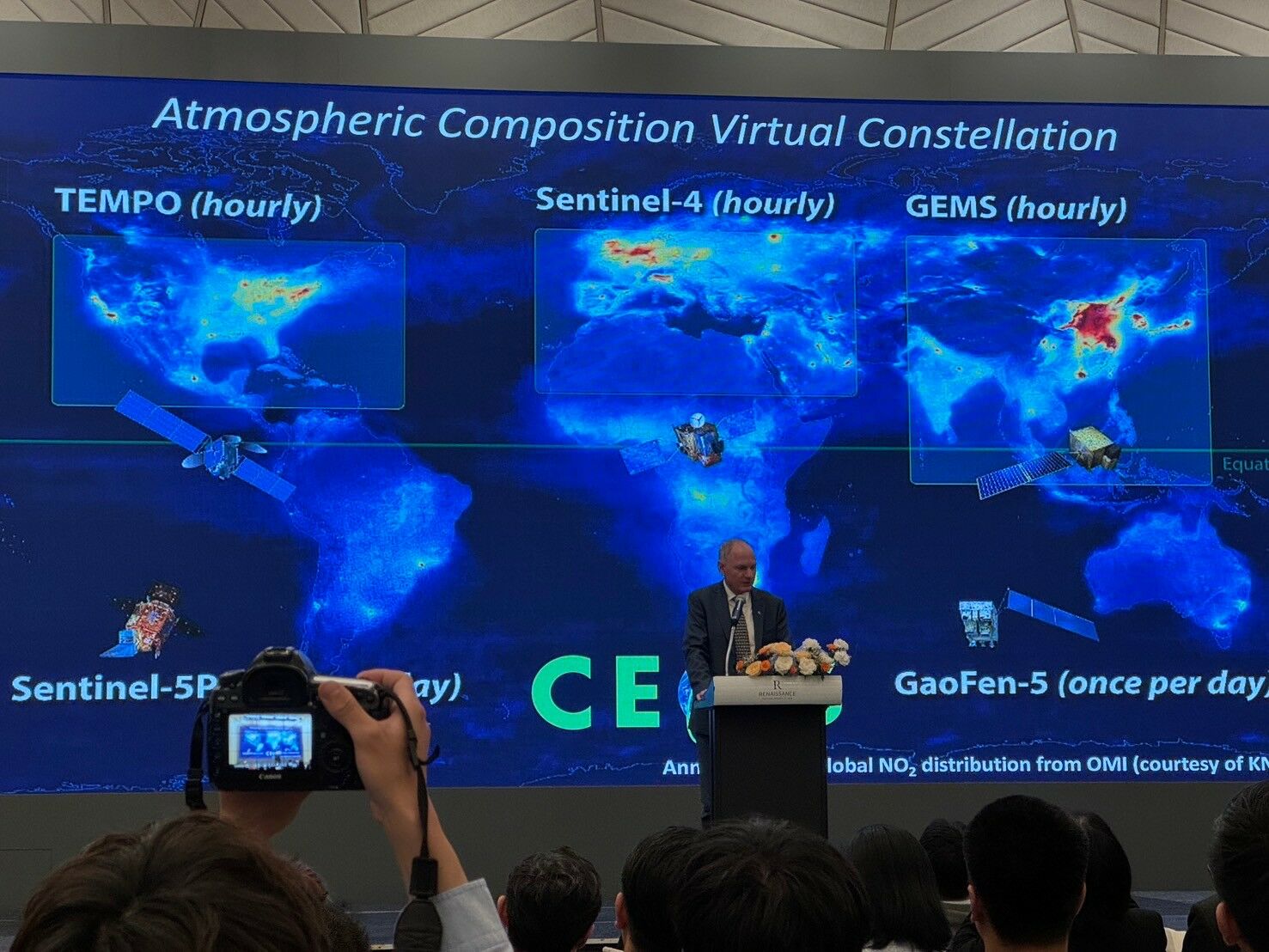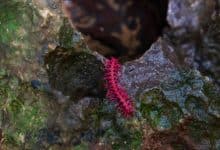NASA and GISTDA team up to clear the air with ASIA-AQ project

In a groundbreaking initiative, the National Aeronautics and Space Administration (NASA) has joined forces with Thailand’s Geo-Informatics and Space Technology Development Agency (GISTDA) to tackle the pervasive issue of air pollution through the Airborne and Satellite Investigation of the Asian Air Quality (ASIA-AQ) project, writes Zohaib “Zo” Sikander and Sasinaphat Aussavaratchatanakin.
This collaboration marks a significant stride in using cutting-edge scientific tools to enhance air quality in Thailand, offering a beacon of hope for environmental sustainability in the region.
The signing ceremony, graced by Supamas Issaraphakdi, Ministry of Higher Education, Science, Research and Innovation (MHESI), at the Renaissance Pattaya Resort & Spa in Chon Buri Province, underscores the project’s significance.
This collaboration aligns with the Thai Ministry of Higher Education, Science, Research, and Innovation’s vision to leverage science and technology for societal benefit, particularly in combating the increasingly severe air pollution crisis.
ASIA-AQ stands as a testament to international cooperation, with NASA working alongside partners from the Republic of Thailand, Korea, Taiwan, the Philippines, and Malaysia. The project leverages aerial surveys, satellite data, and ground observations to provide a comprehensive approach to air quality management, aiming to devise sustainable solutions for air pollution.
A short discussion between The Thaiger’s representatives Zohaib Sikander and Sasinaphat Aussavaratchatanakin and Barry Lefer, who is involved with the Tropospheric Composition Earth Science Division at NASA, led to an insight into how easy it is for everyone to know in real time the progress that is being made in the project.
Accessible data
Lefer stated that all the information and data being collected daily is very easily accessible to government officials as well as the general public.
“As the data comes in, we study it and publish our findings. We are also looking to have university students from Thailand eventually visit us in the United States and see firsthand what we are doing on the ground there.”
If anyone would like to see the activities of the G-III and DC-8 planes over Thailand, they can be very easily tracked on the following website: (https://airbornescience.nasa.gov/tracker/)
Moreover, the initiative includes educational and knowledge transfer activities, such as practical space and satellite training for students, highlighting the project’s commitment to fostering the next generation of environmental scientists.
As Thailand battles with high levels of fine particulate matter, making cities like Chiang Mai some of the most polluted globally, the ASIA-AQ project’s importance cannot be overstated. This initiative not only aims to provide immediate solutions to air quality issues but also to lay the groundwork for long-term environmental stewardship in Thailand and the broader Asian region.


Latest Thailand News
Follow The Thaiger on Google News:


























